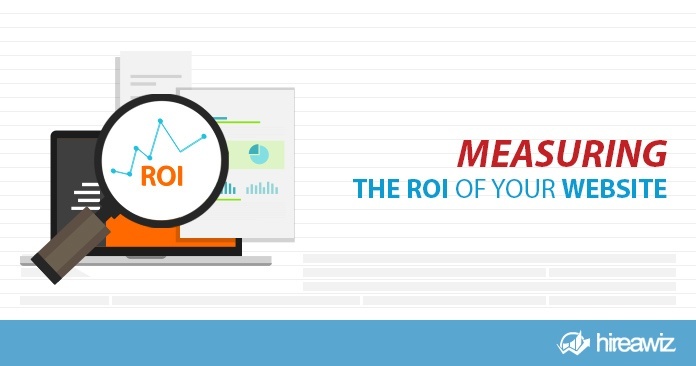There comes a time in your online business journey where measuring the ROI of your website becomes a necessity. One of the best ways to enhance the chances of success lies in knowing and understanding your numbers. While this can be wildly complicated sometimes, our intent in this post is to shed some light on why and how to effectively measure your website’s return on investment. (ROI)
Why You Need to Measure Website ROI
It’s hard to try and diagnose why your website and/or business is not producing as well as you’d hoped without a clear view of what the numbers are. Numbers don’t lie. Getting your head around the raw data and using it to help you strategize and plan your marketing is vital to your success. Fortunately for us there are mountains of data readily available to us, and most of it is free to access, needing only our time and input. The first level of this data lies in Google Analytics and Google Webmaster Tools. These will give you more data than you will know what to do with at first, but are essential for people to get started. You can add other third party analytics tools later if you wish.ROI Defined
Let’s put things in a simple to understand formula. While these calculations can become positively Einsteinian, to start let’s break it down to basics so we can not only understand but effectively use these calculations to make a profitable impact on our businesses. The basic idea here is the measurement of how much you are earning versus how much you’re spending to do so. This is a calculation of how much you invested into the website, how much return on your investment there has been, and the difference is your return, whether positive or (hopefully not) negative. Google AdWords explains it very well. (Example intended for paid ads, but the idea remains the same) “One way to define ROI is: (Revenue ? Cost of goods sold) / Cost of goods sold Let?s say you have a product that costs $100 to produce, and sells for $200. You sell 6 of these products as a result of advertising them on AdWords, so your total cost is $600 and your total sales is $1200. Let?s say your AdWords costs are $200, for a total cost of $800. Your ROI is: ($1200 ? $800) / $800 = $400 / $800 = 50% In this example, you?re earning a 50% return on investment. For every $1 you spend, you get $1.50 back.”Factors Involved with Website ROI
Here are some of the common factors you’ll need to examine in order to come up with a good calculation of your website ROI.- Traffic – This can emanate from several sources; organic, video, social media, paid and more.
- Conversions – You need to decide what constitutes a conversion for your website; whether that is a purchase, opt-in, phone call, download, video view, online quote or another form of conversion.
- Leads to conversions ratio
- Average sale
- Landing page conversion rates – Measure individual landing pages for best results.
- Bounce rates – Visitors who “bounce” from the site after viewing only one page briefly. Not a factor in the calculation, but a major drag on ROI.
